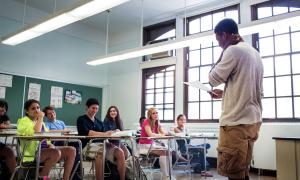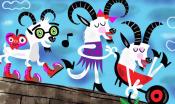article
Unlocking the Brilliant Corners
B loves bugs. I met him during the first week of school as I conducted the standard assessment of how many words he could read per minute from a second-grade story. After the assessment, I gave him the customary caterpillar sticker to put on his shirt to show everyone that he was going to emerge as a great reader during his second-grade year.

